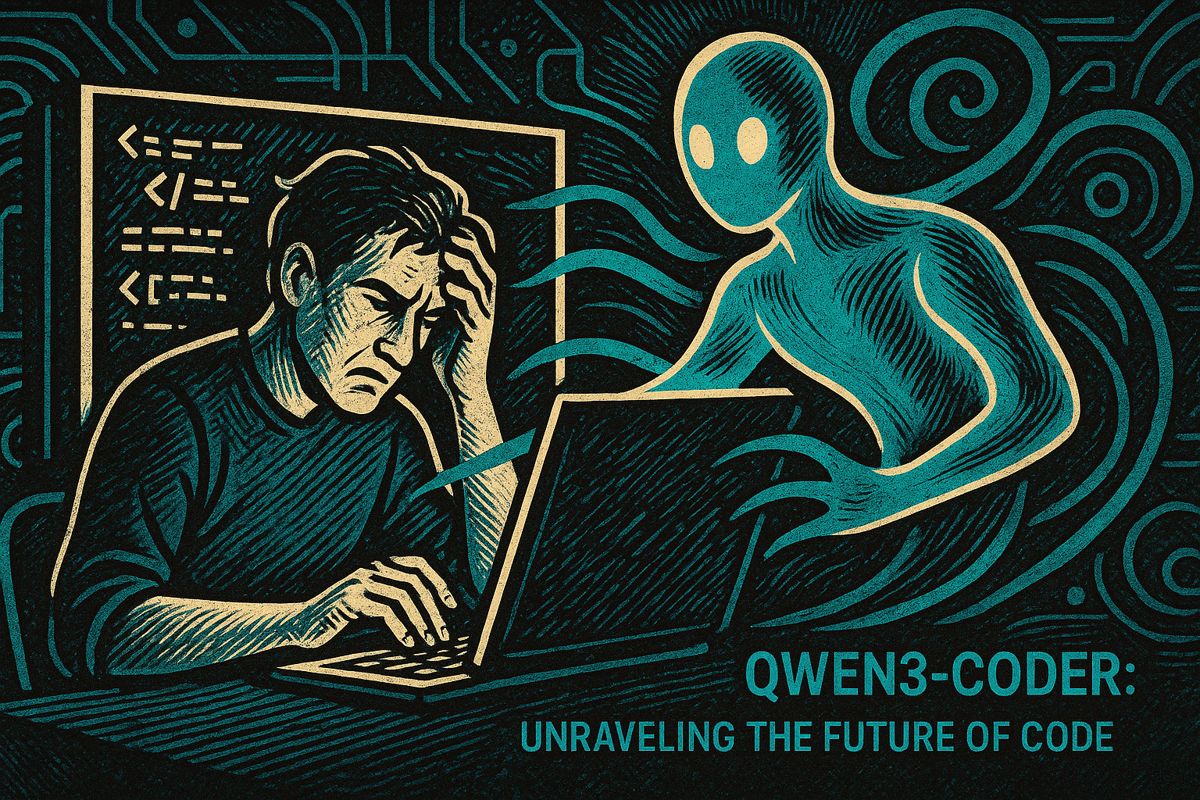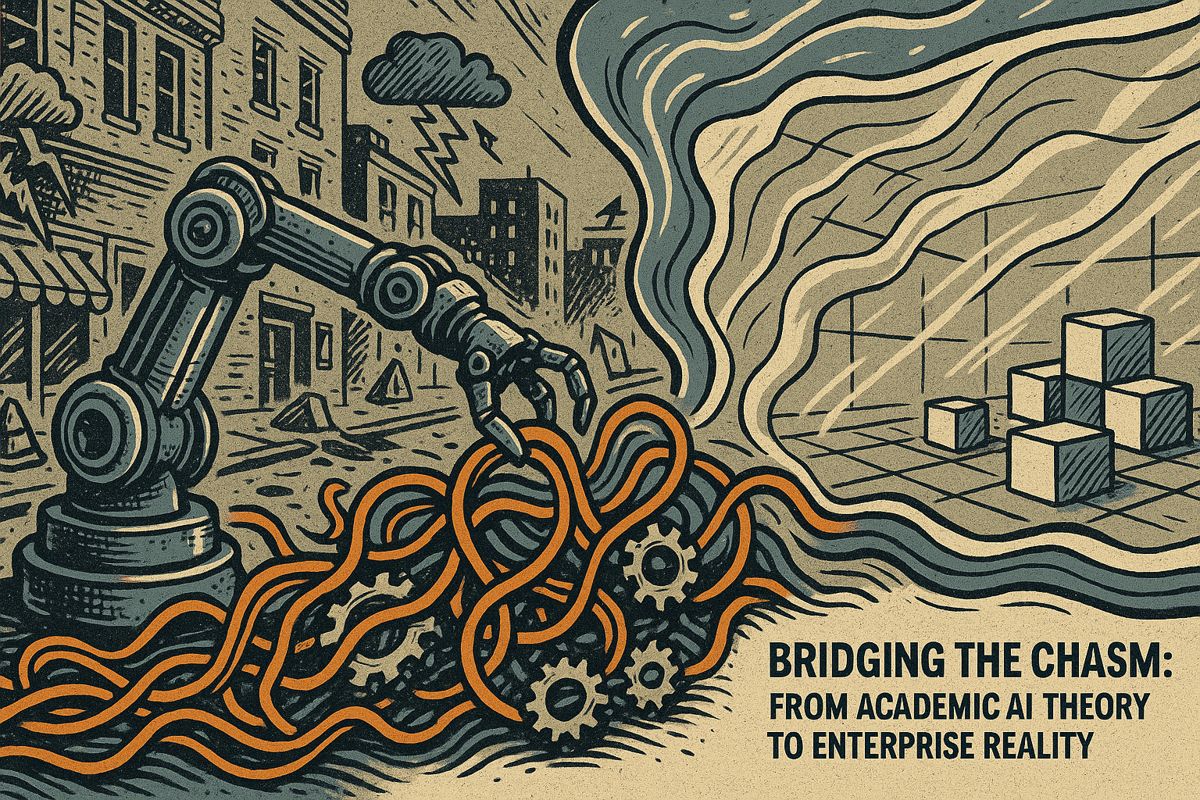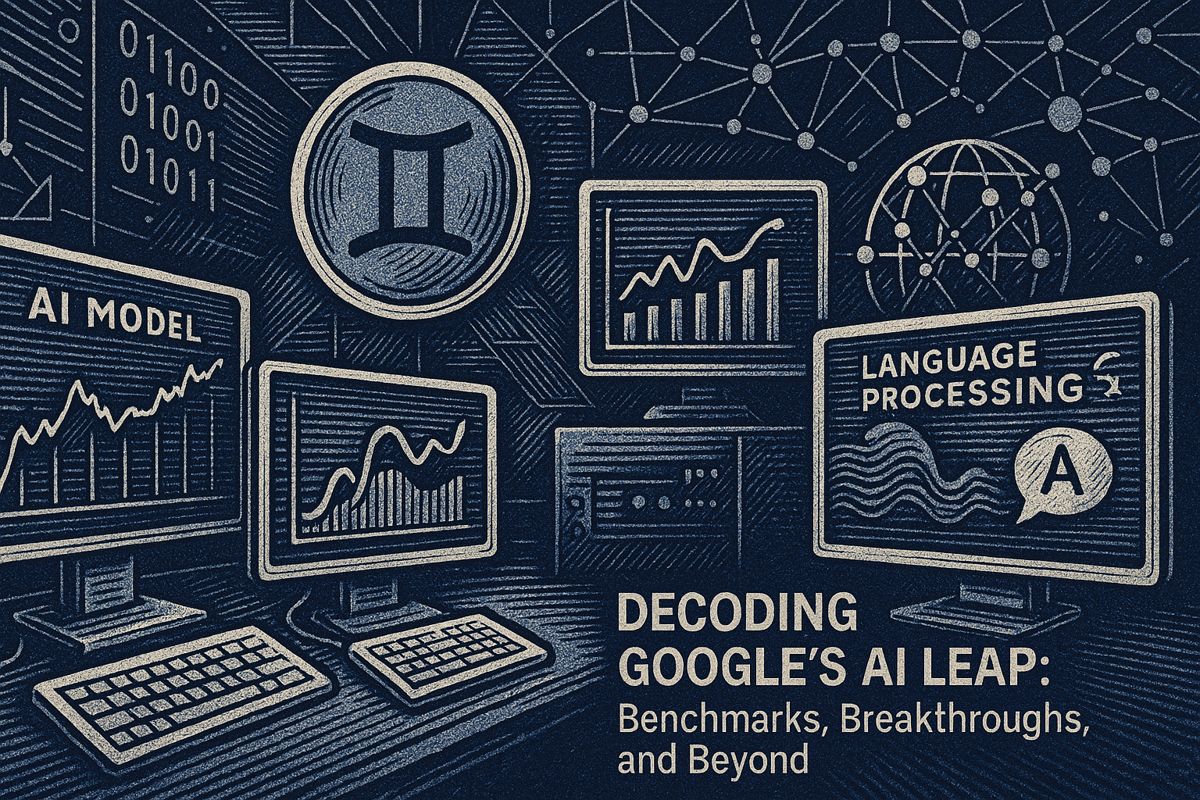Alibaba has unleashed Qwen3-Coder, a colossal AI for coding with a mind-blowing one-million-token memory, letting it grasp entire codebases like never before. This technical marvel, boasting 480 billion parameters, acts like a team of brilliant specialists, only activating the right ones for each task. It doesn’t just write code; it plans, chains tasks, and even critiques, promising to transform how we build software. This powerful tool aims to banish coding nightmares, offering a future where AI truly understands and collaborates with human developers. Get ready for a revolution in your coding workflow, as Qwen3-Coder steps onto the stage.
What is Qwen3-Coder?
Qwen3-Coder is Alibaba’s advanced AI model for coding, boasting 480 billion parameters with a Mixture-of-Experts framework for efficiency. It features a remarkable one-million-token context window, enabling deep understanding of codebases. Designed for planning and task chaining, it excels on benchmarks like LiveCodeBench, offering significant advancements in AI-assisted development.
Flashbacks, Fintech Fiascos, and Familiar Fears
Sometimes, I read a new AI announcement and I’m pulled back to those sticky Chiang Mai nights in 2017, cursing at TensorFlow’s stubborn memory errors. The latest from Alibaba, Qwen3-Coder, brought that déjà vu roaring back—like the scent of burnt coffee and ozone. My mind drifts to Pim, a friend who wrestled a hopeless fintech data pipeline into submission last year. She’s a Python virtuoso, yet her codebase had knots Houdini would’ve envied, and no amount of Stack Overflow could cut the Gordian tangle. What did she try? One of Palo Alto’s best code companions. It helped—sort of. But when Pim needed real context across months-old files, the AI fumbled. Too myopic, too superficial. Oh, if only Qwen3-Coder had been in her toolkit at the time!
And isn’t that the crux? Not just bigger numbers, but a deeper hunger for machines to actually understand us. I’ll admit: my first brush with GPT-2 scripting Python left me more amused than amazed. But now? The air buzzes with something a little more electric, a little more ambitious.
The Anatomy of a Giant: Numbers and Notables
So, what’s under Qwen3-Coder’s hood? Let’s paint the picture: it boasts a staggering 480 billion parameters, yet thanks to its Mixture-of-Experts framework, only 35 billion are active simultaneously. That’s like calling in only the right specialists at the right moment, not the whole hospital staff for a stubbed toe. The context window is a mind-bending one million tokens—I know, my jaw actually dropped when I read that. Could this finally be the answer to our copy-paste nightmares?
The architecture is wider and a bit shallower than its Qwen3 parent: a lattice of 62 layers, 6144 hidden units, and a specialist squad of 160 experts. Alibaba has layered in Group Query Attention, a phrase that sounds almost poetic, but means faster scaling and less computational indigestion. When I checked, you could already play with the model on chat.qwen.ai, via Hugging Face, or in vLLM’s nightly builds.
Benchmarks? Qwen3-Coder clobbers familiar names like Claude-4 Opus and DeepSeek V3 on LiveCodeBench, SWE-bench, and GPQA. Sparse activation, an odd phrase, just means the compute bill won’t send you into bankruptcy court. And the open-source release? It isn’t just a stone in the AI pond—it’s a boulder. If you spot the name Qwen3-235B-A22B around, that’s its 235B sibling, still dwarfing Kimi K2’s trillion-parameter behemoth by sheer cleverness per byte.
Context is King, But Agency is Queen
I can’t help but wonder: have we finally cracked the context window curse? Most Western models squint at codebases like they’re trying to read the fine print on a wet, crumpled contract. Qwen3-Coder, with its million-token memory, can drink in the whole document—each variable, each comment, every shadow in the commit history. It’s like trading a flashlight for floodlights.
The Mixture-of-Experts isn’t just a marketing ploy. Only the relevant “experts” activate per request—like calling in a cabal of Pythonistas for a hairy dependency issue, or C++ aficionados for pointer hell. I half-wish my own condo fees worked on such a just-in-time basis. Sparse, yes, but far from spartan.
But here’s the kicker: Qwen3-Coder isn’t just an autocomplete with delusions of grandeur. It’s meant to plan, chain tasks, and even critique your pipeline when you least expect it. “Agentic capabilities,” Alibaba calls it—a phrase that sounds equal parts promising and slightly menacing. Developers have always wanted tools that understand, not just obey. Is this the leap?
Culture, Critique, and Code as Conversation
Community feedback is—what else?—divided. Some call Qwen3-Coder the best one-shot coder around; others gripe about the 261GB RAM needed to run its full form locally. That’s…hefty. Yet cloud access and quantized versions mean the doors aren’t locked, just creaky. I’ve been skeptical before, but watching open-source LLMs step out from OpenAI’s shadow, I can’t help but feel a flicker of hope. Or is that just last night’s espresso talking?
There’s also an unmistakable cultural undercurrent here. Some testers say Qwen3-Coder will answer questions about, say, the Great Leap Forward, that Western LLMs dodge for fear of TOS tripwires. That’s a subtle shift in what’s policed by AI, and it sends ripples—no, shockwaves—through the developer world.
I find myself thinking back to Pim, and all the Pims out there—tinkerers, researchers, coders in the trenches. With tools like this, we’re not just programming; we’re collaborating, almost like having a colleague who remembers every line, every misstep, every victory. If you dare, test it yourself at chat.qwen.ai or browse its code on Hugging Face. But don’t say I didn’t warn you if you’re still up at 3 a.m., blinking at a screen full of beautifully refactored code. Sigh. Progress sometimes feels like insomnia with prettier syntax.



















